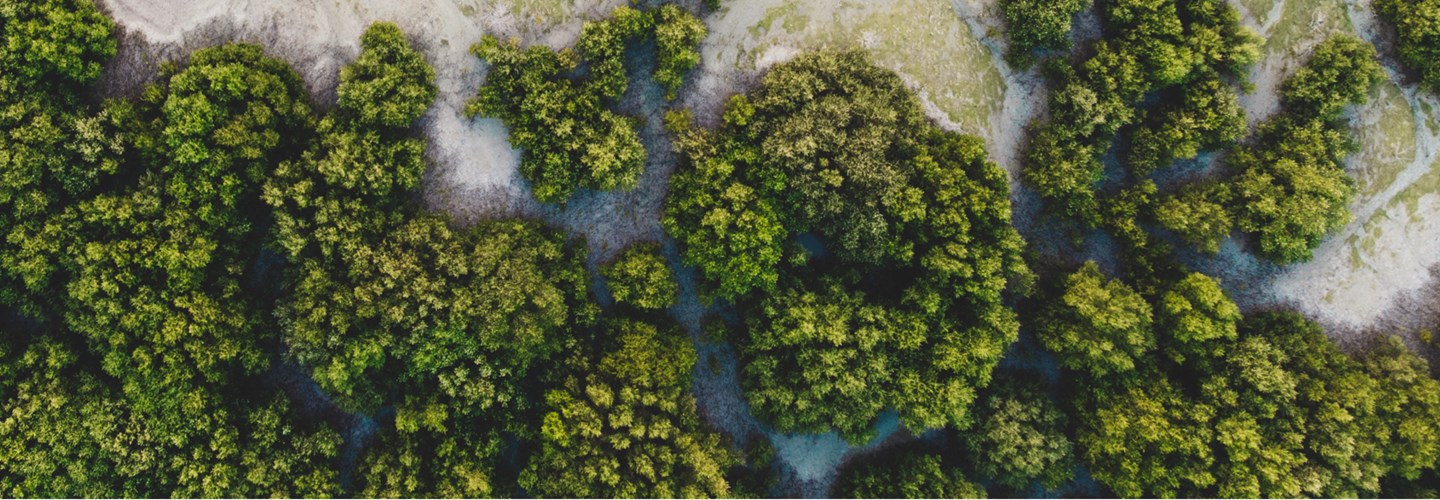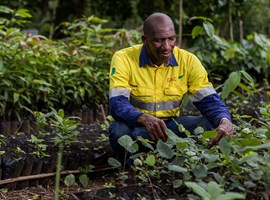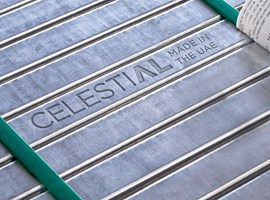-
About us
- About us
- Our purpose, mission and values
- Operations
- Our leadership
- Governance
- Our history
- Our policies and certifications
The world’s largest ‘premium aluminium’ producer
READ MORE - Products
-
Impact
- Impact
- Our commercial success
- Making it in the Emirates
Driving sustainable economic growth
READ MORE -
Sustainability
- Sustainability
- Net zero greenhouse gas emissions by 2050
- Governance
- Environment
- Social
- Eliminating the risk of harm
- Our CSR initiatives in the UAE
Embedding sustainability in everything we do
READ MORE -
Innovation
- Innovation
- Our technology legacy
- EGA’s technology solutions
- Continuous improvement
- Our innovative people
Innovating the future of aluminium production
READ MORE -
Opportunity
- Opportunity
- Emiratisation
- Developing our people
- Supporting education
- Driving diversity
Becoming a talent-driven organisation
READ MORE

Net zero FAQs
- Home
- Sustainability
- Net zero greenhouse gas emissions by 2050
- Net zero FAQs
Why has EGA made a commitment to net zero greenhouse gas emissions by 2050?
The Intergovernmental Panel on Climate Change delivered a scientific consensus that in order to avoid the worst impacts to human health, society, and nature, global temperature increases must be limited to 1.5 degrees Celsius, and in order to achieve this global emissions must reach net zero by 2050 along with significant cuts in emissions this decade.
As a material, aluminium plays an important role in the development of a more sustainable society. However this potential to be part of the solution will not be fulfilled if aluminium is not made sustainably.
Does EGA’s commitment cover scope 1, 2 and 3 emissions?
Our commitment is to reach net zero carbon by 2050 from our operations and supply chain. This is scope 1, 2 and 3 as defined by the Greenhouse Gas Protocol developed by the World Resources Institute and the World Business Council for Sustainable Development.
Scope 1 is direct greenhouse gas emissions from an organisation’s operations. Scope 2 is greenhouse gas emissions from the generation of imported electricity, heat, steam and cooling. Scope 3 is greenhouse gas emissions generated from the use of goods and services in an organisation’s supply chain.
Why have you not publicly-disclosed an interim target?
EGA has already announced an initiative under which we would integrate with the grid, with the objective of sourcing an increasing proportion of renewable and low-carbon energy. This initiative is the biggest opportunity to achieve a step-change in our greenhouse gas emissions this decade. Once this agreement is closed, we will be able to announce an interim target that is not only bold and climate-aligned, but definitively-achievable.
What are your emissions today?
We disclose our scope 1 and scope 2 emissions annually in our sustainability report. In 2022, our scope 1 and scope 2 emissions totalled 21.7 million tonnes.
How much do you expect to invest to reach net zero?
Achieving net zero will require a far-reaching effort over decades and it is not possible to forecast the full investment required. Over the longer-term, many of the improvements needed to reduce emissions are likely to reduce operating costs. As an example, the cost of solar power has steadily decreased and is already amongst the cheapest forms of energy in the world.
How will you change energy source when you have captive gas-fired power plants?
EGA has already announced an initiative under which we would integrate with the grid, with the objective of sourcing an increasing proportion of renewable and low-carbon energy. This is an historic move for EGA and would mean we no longer have captive electricity generation assets.
If you use solar power, what do you do at night?
Intermittency is a key challenge for some forms of renewable energy, including solar and wind. The solution is to store the energy for when it is needed, and technologies developed so far include concentrated solar power, batteries and ‘green’ hydrogen. However for electricity consumers connected to the grid, which we expect to include EGA, there are established systems to certify the allocation of renewable power from the total power on the grid beyond the physical transfer of electrons.
Where would hydrogen come from and when?
The UAE and wider GCC have set ambitions for ‘green’ hydrogen production, and various pilot projects have been started. The UAE’s large tracts of uninhabited desert and high levels of solar irradiation make the country an ideal location for large-scale low-cost solar for use to generate ‘green’ hydrogen, making it likely that the UAE will become a major producer.
Are you researching alternative smelting technology or carbon capture for aluminium smelting?
We recognise that developing commercially-viable alternative smelting and carbon capture technology is necessary for EGA and our industry to reach net zero greenhouse gas emissions by 2050. Our options are to develop this technology ourselves, develop it in partnership with others, or acquire it once it is developed entirely by others.
We are exploring potential partnerships in this area, as well as how we can further develop our own technology development capabilities.
EGA has extensive technology development expertise, and our R&D over the past 25 years has focused on progressively improving the efficiency of the conventional Hall-Héroult process, reducing costs and emissions.
Is it possible to develop sufficient natural sequestration projects in the desert environment of the UAE?
The potential to develop natural sequestration projects at scale in any arid environment is low. The potential in the UAE lies in its coastlines, in particular tidal mangroves, and sea grass in shallow waters. The sequestration potential of some of these types of vegetation is significant and studies show it significantly exceeds the sequestration potential of rainforest.
Sequestration projects must not adversely impact existing ecosystems, meaning the potential in a relatively small country like the UAE is limited. As a global company, we will also explore opportunities for suitable projects elsewhere in the world.







